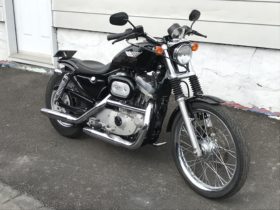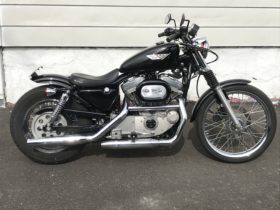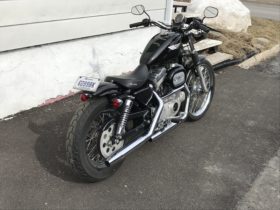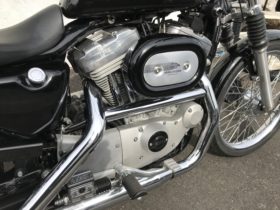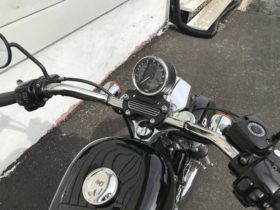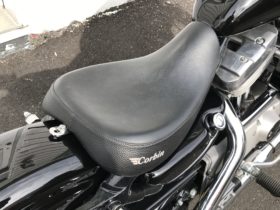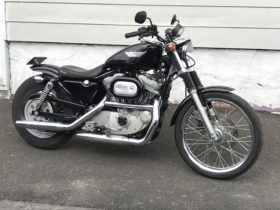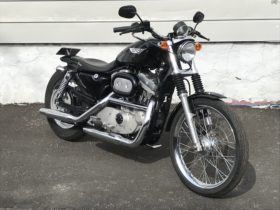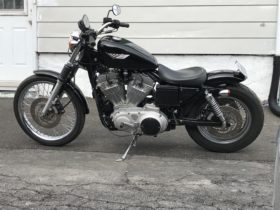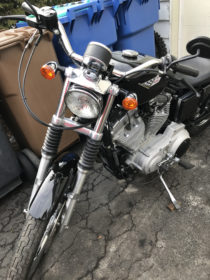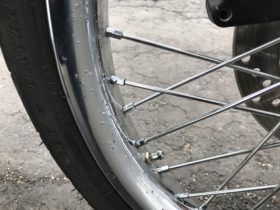A serviced bike and an ad with an accurate description and good photos will help you get asking your price.
The day you’ve dreaded has finally come. The bike you’ve spent countless hours shining up and riding has to go, and you’ve decided to place a classified ad. But before writing up a short bio of your machine and uploading a bunch of old pictures, there are things you can do to increase your chances of getting a bite on your ad as well as getting something that’s close to your asking price.
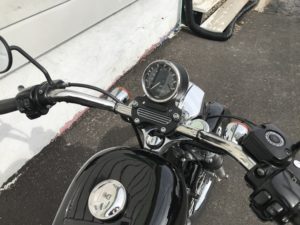
I’ve owned dozens of motorcycles over the years and have sold almost as many to make room for others. I’ve also been very successful in obtaining my asking price without negotiation. When I sell a bike, I first put myself in the riding boots of the potential buyer. I think of the excitement I feel when buying a motorcycle and I want a potential buyer to feel as excited as I feel about buying one of my bikes. To achieve this, I make sure the bike is in top form. Nothing puts off a potential buyer than having a list of things that will need to be addressed after bringing a new-to-them machine home – unless, of course, it was sold at a price so low that it was worth their while. However, in that case, you’ll be taking a loss.
First, determine the market value, which is not necessarily the value published in books specializing in used vehicle pricing. The market value of your bike is better determined by what similar machines are selling for in your area. If you can find several bikes for sale that are in the same category or are the same model as yours, and your asking price is well above the average, you’ll have a tough time finding a buyer. Also note that while certain accessories can increase the value of your bike – such as saddlebags, a windshield or heated grips – others, such as billet covers, stylized mirrors and fancy paint have little bearing. Aftermarket exhaust systems are illegal and costly to replace, so if your bike has such an item, you should have the original at hand; if not, you might take a hit on the selling price. As a buyer, I wouldn’t want to be fined for excessive noise during my first ride on my new bike.
Before advertising your bike, give it a wash, a tune-up and an oil change; lube cables; if the chain and sprockets are worn out, replace them; same goes for the tires. The money you spend refurbishing your bike will facilitate the sale and can be factored into the selling price.
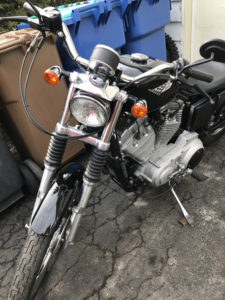
A recent trip to see a potential purchase for a friend emphasized how these factors can make or break a deal. The bike was a 2014 Honda CBR500R ABS with 12,000 km on the odometer. The asking price was just above market value, at $5,000, and the bike had lots of billet bits. However, both tires were shot. The deal fell through even though the seller knocked a couple of hundred dollars off the price (covering the cost of one tire), as his final price was still much higher than another 2014 CBR500R for sale nearby that had much less mileage, for $1,000 less. When selling, don’t use repairs as a negotiating tool – you’ll be the loser in the deal.
When describing your bike, use proper sentences, but use as few words as you can to describe it. No one wants to read a novel online about what your bike meant to you. And while a comical description may make your ad go viral, it won’t sell your bike. Answer questions a buyer might ask. Be truthful and describe the bike as accurately as you can. If it had crash repair, state it. That tune-up and oil change you performed before placing the ad – mention it. If there’s a broken tab on a side cover, show a picture of it. If anything comes with the bike – a cover, a service manual – include that in the description.
Regarding pictures, use as many as the classified ad website allows. And take nice pictures. You can use your smartphone to take pictures, but take advantage of lighting and, if possible, find a nice, uncluttered backdrop. Choose a well-lit area and avoid taking backlit shots (when the light source is behind the bike, facing you). Don’t take vertical shots; hold your phone horizontally and get the complete bike into the frame. Ideally, back up a bit and zoom in to take your shot; this reduces wide-angle distortion. Avoid shooting in midday sunlight, as this creates high-contrast shadows. Shoot details – instruments, engine, wheels, etc. Minor scratches need not be emphasized, but a deep gouge in the muffler should be.
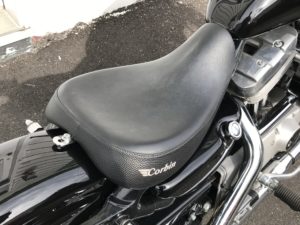 With proper pictures, a concise description and a competitive asking price, your ad will get you one step closer to your sale and a new purchase.
With proper pictures, a concise description and a competitive asking price, your ad will get you one step closer to your sale and a new purchase.
Technical articles are written purely as reference only and your motorcycle may require different procedures. You should be mechanically inclined to carry out your own maintenance and we recommend you contact your mechanic prior to performing any type of work on your bike.










